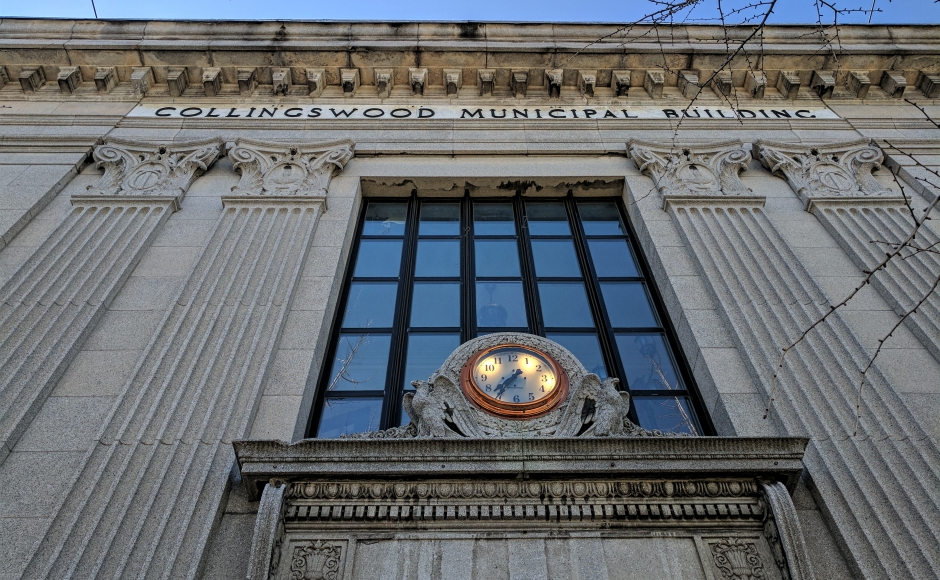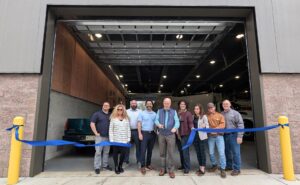 Collingswood Borough Hall. Credit: Matt Skoufalos.
Collingswood Borough Hall. Credit: Matt Skoufalos. Collingswood Borough Hall. Credit: Matt Skoufalos.
Collingswood Borough Hall. Credit: Matt Skoufalos.Related posts

Collingswood Commissioners Take Office on Emotional High Note, Call for Community Solidarity
At the local government reorganization meeting, Daniela Solano-Ward becomes the first woman to serve as mayor of Collingswood, succeeding one of its longest-serving public officials, Jim Maley, who rejoins the commission after his tenth local election. Amy Henderson Riley, just the fifth woman commissioner in borough history, serves as Deputy Mayor. Sign in or subscribe to continue reading…
May 21, 2025
Collingswood Cuts Ribbon on New Public Works Facility
The brand-new garage at the intersection of Harrison and Sloan Avenues centralizes public works operations in a modern building that borough officials say will improve efficiency and the delivery of services throughout the community.
April 16, 2025